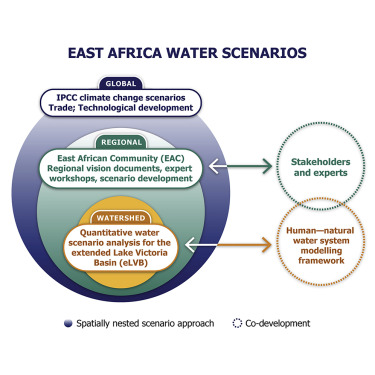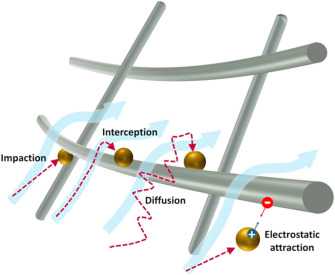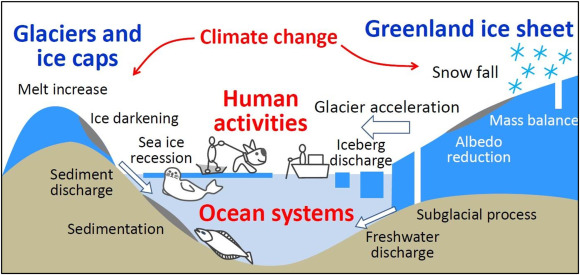Elsevier, Preventive Medicine Reports, Volume 21, March 2021
The current COVID-19 pandemic represents an acute threat to the health of adults and children across the globe. In addition, it has the potential to worsen the health of future generations through intergenerational health effects. Examples from history, including the Dutch famine (Hongerwinter), suggest that in utero and early life environments may have significant implications for health outcomes throughout the lifespan and are important in determining risk of chronic disease in adulthood.
Elsevier, Respiratory Physiology and Neurobiology, Volume 285, March 2021
The present numerical study investigated the transportation time of the inhaled chemicals in three realistic human airway models by adopting a methodology from the field of the building ventilation. Two indexes including “scale of ventilation efficiency 3 (SVE3)” and “local purging flow rate (L-PFR)” were used to evaluate the respective arrival time and staying time under different inhalation flow rates.
Elsevier, NFS Journal, Volume 22, March 2021
Healthcare professionals are exposed to several stress factors, especially during health emergency situations like Covid-19. Psychological distress in the COVID-19 era adversely affects both healthcare professionals' mental and physical health, decreasing performance and efficiency at work. Nevertheless, no sufficient emphasis has been placed so far on the role of nutrition against stress and anxiety among healthcare professionals.
Elsevier,
The Lancet Public Health, Volume 6, March 2021
This Article supports SDGs 3 and 10 by evaluating ethnic inequalities in health among older adults (55 years or older) in England. The large, cross-sectional study includes more than a million survey respondents, and identifies wide ethnic inequalities in health-related quality of life, prevalence of long-term conditions, experiences of primary care, support from local services, and confidence in managing one's own health. Outcomes varied widely between minority ethnic groups, both in the direction and magnitude of associations.
Elsevier,
The Lancet Healthy Longevity, Volume 2, March 2021
This article supports SDGs 3 and 10 by assessing racial and ethnic disparities in seasonal influenza vaccine uptake among older US adults. The findings show substantial disparities in uptake and suggest that new strategies are urgently needed to address these inequities.
Elsevier,
The Lancet Digital Health, Volume 3, March 2021
This Comment supports SDGs 3 and 10 by highlighting the role of data scientists in challenging racism and discrimination. The Comment highlights how structural inequalities in society are easily encoded in datasets and in the application of data science, which can reinforce existing injustices.
Elsevier,
The Lancet Global Health, Volume 9, March 2021
This Viewpoint supports SDGs 3, 6, and 7 by discussing some of the reasons why many of the innovations and technologies for WASH (water, sanitation, and hygiene) and household air pollution developed in recent decades have not led to the expected improvements in health outcomes, and why many of these interventions have either been inconsistently adopted by low-income households, or not adopted at all.
Elsevier, Materials Today Advances, Volume 9, March 2021
Intensifying air pollution has engendered growing public health concerns due to its broad and adverse effects on humanity. As a result, the development of air filtration technologies has received increased attention as a practical and promising solution. Till now, many efforts have sought to advance air filtration technologies to overcome the trade-off relationship between filtration efficiency and pressure drop.
Elsevier, Polar Science, Volume 27, March 2021
Environments along the coast of Greenland are rapidly changing under the influence of a warming climate in the Arctic. To better understand the changes in the coastal environments, we performed researches in the Qaanaaq region in northwestern Greenland as a part of the ArCS (Arctic Challenge for Sustainability) Project. Mass loss of ice caps and marine-terminating outlet glaciers were quantified by field and satellite observations. Measurements and sampling in fjords revealed the important role of glacial meltwater discharge in marine ecosystems.



